The Dr. Seuss controversy unpacked
A collection of Seuss’s well-known books.
March 20, 2023
What do you think of when you hear the word ‘idol’? For many, it’s hard to think of a figure more recognized or renowned than Theodor Seuss Geisel, commonly known by his pen name, Dr. Seuss. One of the most celebrated writers of the 20th century, Seuss made dozens upon dozens of children’s books in his lifetime, from international classics like “The Lorax” and “The Cat in the Hat,” to more unknown gems like “Oh, The Thinks You Can Think!” and “The Sneetches.” His books have collectively sold over 600 million copies and have been translated into more than 20 languages.
His progressive ideals that he gracefully weaved into his children’s novels have helped to educate children while also entertaining, and paving the way for such modern social movements as environmentalism and pride in being different.
But he also drew some seriously racist things.
Two years ago, on Seuss’ birthday, Dr. Seuss Enterprises released a statement on their website announcing that they would stop the publication and licensing of six of Seuss’s earliest books: “And to Think That I Saw It on Mulberry Street,” “If I Ran the Zoo,” “McElligot’s Pool,” “On Beyond Zebra!” “Scrambled Eggs Super!” and “The Cat’s Quizzer.” According to the statement, each of these books were the culprits of insensitive images, and were selected by members of the company working with a panel of experts.
“These books portray people in ways that are hurtful and wrong.” it said. “Ceasing sales of these books is only part of our commitment and our broader plan to ensure Dr. Seuss Enterprises’s catalog represents and supports all communities and families.”
Immediately after the announcement, the political world exploded into rhetorical violence, with conservatives wildly claiming the downfall of America from the cancer of cancel culture, and liberals demanding the entire Seuss catalog be pulled from shelves and Dr. Seuss removed from education.
But we’re going to take a step back from all of that. That was two years ago – the world has calmed down, and now we can take a more open look at the entire controversy around this enigma of a figure, considering all angles, and getting a more complete picture.
The man himself was born Theodor Geisel (his middle name was Seuss, which was his mother’s maiden name) on March 2, 1904, in Springfield, Massachusetts. While there isn’t much known of his childhood, he was raised under the Missouri Synod Lutheran denomination of Christianity, and lived near a certain Mulberry Street, which would later become famous as the title of his first book.
Geisel went on to attend Dartmouth College, joining the “Jack-O-Lantern,” the school’s humor magazine. Importantly, he was caught drinking gin in his room with friends, which was illegal under prohibition laws. He was suspended from all extracurricular activities, including the “Jack-O-Lantern,” but continued to submit to the magazine under the pen name ‘Seuss’.
After graduating from Dartmouth, he continued on to Oxford University. There, he met his future wife Helen, who encouraged him to give up working towards being an English teacher in favor of pursuing drawing. He then bounced between a number of newspapers, magazines, and other publications, submitting cartoons for whatever company would accept them.
During World War II, Seuss produced a number of animated and political cartoons, and also directed a number of training videos and propaganda movies as a commander of the Animation Department in the Air Forces’ First Motion Picture Unit. This was the first time the world really got a taste of his political views: adamantly against isolationists who wanted to remain out of the war, Geisel drew extensively in support of Roosevelt’s handling of the war, and against movements he thought were harming the war effort such as the investigation of Communists and protests against aid to the USSR.
This was also where current scholars have first noticed his dichotomy of views on people – with numerous pieces criticizing racism against minorities during the war, and hundreds of pieces against antisemitism. On the other hand, other works depicted Japanese-Americans being handed explosives and waiting to be told a ‘signal from home’.
After the war, he moved to San Diego, where he would spend the rest of his life writing children’s books, mostly working with publisher Random House.
Phew! Now it seems that we got a good view, and know a bit more on the question of who. But, what exactly, did this man do? And, furthermore, is it all true?
To start, one thing must be set straight—the six books pulled from shelves were, well, pulled from shelves. They haven’t been burned, banned or blown up, they just aren’t published anymore. They are still in many libraries, for those that choose to carry them, and you can still find them online if you look. History isn’t being rewritten here, the world is just taking a little bit more of a critical look at what it teaches its children.
Second, the six books were removed by the choice of Seuss Enterprises themselves. This was their own decision, though whether or not they were influenced by outside sources, it’s hard to deny that each of these books are at least a little outdated in their representation of ethnic groups.
“And to Think That I Saw It on Mulberry Street” is the first on the list, the first book Geisel ever published. Released in 1937, it was Seuss’ first foray into the industry of books, and one of the few books he wrote before World War II. The book tells the story of a boy named Marco, who imagines a parade of people and vehicles traveling along the titular Mulberry Street, so he has a fun story to tell his father when he gets home. A classic of children’s literature, the complaint against this book mostly focuses on the depiction of a ‘Chinese man who eats with sticks’, who has lines for eyes, wears a conical hat and a pair of geta (a traditional East Asian footwear), and carries a bowl of rice and chopsticks. The original publication of the book referred to this character as a ‘Chinaman’, who also had a queue (a traditional Manchu hairstyle that later became the national hairstyle of Imperial China) and a yellow coloring to his skin. These design choices were later removed in publications of the book starting in the 1970’s, at the desire of Geisel himself.
“If I Ran the Zoo,” on the other hand, is an entirely different beast. The only other fairly well-known book on the list, it was published in 1950 and is easily the book most warranted to be pulled from publication. In the book, a young Gerald McGrew goes to the zoo and finds that the animals on display are not interesting to him, so he imagines a zoo he creates himself, a ‘new Zoo, McGrew Zoo’. He goes all over the world to find these creatures, and this is where it is most apparent as to where Geisel’s mind was in 1950. On one page, three Asian men are depicted again wearing geta shoes and long robes, being described as “helpers who all wear their eyes at a slant”. On another, it shows a camel-like creature being brought back to the zoo alongside a character labeled a ‘chieftain’, with the text “A mulligatawny is fine for my zoo. And so is a chieftain. I’ll bring one back too.” There is a Russian man with an over-exaggerated beard and red lips, clearly a strike at Russians at a time of tension with the Soviet Union. Eight Persian princes are told to have names that no one knows. It’s hard to defend this book – nay, impossible – after analyzing the whole thing. The entire book is filled with stereotypes, an indicator of the time that this book was written in. Unlike the others, Geisel never made a statement towards this book in the future – whether that indicates he thought it was fine for publication, or whether he was embarrassed by it, no one knows.
The remaining four are much more obscure books, and the stereotypes within are much less prevalent. “McElligot’s Pool” (1947) only features one potentially offensive image, which depict a group of what the book calls “Eskimo Fish” swimming down from the North Pole (this one I find a little bit blown out of proportion—the word is originally from the Innu language, and the people for whom the term describe still use it to refer to all peoples of the arctic, as the leading replacement word ‘Inuit’ only refers to a small portion of these people. As for the clothes, whether Inuit or Eskimo, fur parkas are a central part of the culture). “Scrambled Eggs Super!” (1953) runs into the same problem, though never mentions the word Eskimo. It instead only features a picture of four people wearing fur parkas in a boat made of sea-leopard hide looking for eggs “ten miles or so just beyond the North Pole” (see the above explanation for my thoughts on that).
Now “The Cat’s Quizzer” (1976) is so obscure that it isn’t even listed on most official lists, and upon being looked up on google, the few images that come up are about it being pulled. Different from Geisel’s other books, it follows the Cat in the Hat asking the reader questions. I had to dig deep on the internet to find why it was pulled, and it seems it was because of one of the questions which asks “How old do you have to be to be Japanese?” (a ridiculously phrased question in line with others in the book) that depicts Mount Fuji and a man standing at the base who has a conical hat (ironically enough, the only place I could find that describes this, Wikipedia, describes the hat as a ‘coolie hat’, which is a real offensive term tied to a common slur used historically against low-wage laborers from East Asia and India).
“On Beyond Zebra!” (1955) is also rather interesting: the book only features one image that could even remotely be considered offensive, which depicts a man riding a camel, for whom the book calls the “Nazzim of Bazzim”. Unlike “If I Ran the Zoo” and “Mulberry Street,” there is nothing bad said about this man – in fact, he is described as “noble”. If the complaint comes from his name, this is not an issue at all, as Seuss also uses European characters with vaguely European-sounding names in many of his books. Seuss is commonly accused of featuring too few non-white people in his stories – so why pull from shelves one of the few that features non-white people in a decent and just manner?
So what does this tell us? I find that only two of them are viciously racist, while the remaining four are mild or what I would consider to be wrongly labeled as racist – though this is my own opinion. What is most definitely a fact, however, is what the publication tells. All of these books – except for the obscure “Cat’s Quizzer”—were published 1955 or before. Seuss would continue publishing until his death in 1991, and of the over 60 books he published, the only ones deemed offensive were in his first ten.
This entire debacle is a great case of why the artist should be separated from the art, but more than that, this is a case of whether what the artist should be separated from what the artist became. Seuss lived for almost a century – when he was born, slavery was still practiced throughout much of the world, Europeans owned almost the entirety of every continent, and the World War I hadn’t even happened yet. When he died – well, it was only 30 years ago. One can infer what the world was like.
People change, and Seuss was no different. As said, he didn’t publish a book past the 1950’s that featured any excessive amount of racism, and would go back later in his life to edit parts of the earlier books, condemning much of his earlier actions. Thus is the curse given to someone who becomes famous in their younger years – rash actions or lack of wisdom can come back to haunt you.
A great example of this is the famous book Horton Hears a Who! It is well known that Geisel harbored rather strong anti-Japanese sentiment before and during World War II, but began to change his views drastically after the war with the American occupation of Japan, and particularly after his 1953 visit to the country in which he witnessed the horrors left by the atomic bombs and the human rights abuses perpetrated by the occupying American army. A year after that visit, he would publish Horton, which was written as an extended allegory for the occupation of the country. Geisel strove to relay the message that the Japanese should be treated equally, and dedicated the book to “My Great Friend, Mitsugi Nakamura of Kyoto, Japan.” The book most definitely was also an apology for his own past actions: he wishes he had acted in the way of Horton, and is hoping the audience will learn from his mistakes. After its publication, no stereotypes of Asian people would show up in his books. (The Fresh Writing page, run by the University of Notre Dame, has an excellent article titled ‘Can We Forgive Dr. Seuss?’ that explains the analogies of Horton incredibly well and in depth).
The entire debacle also hits another issue I have in society recently: too quickly drawing conclusions. From leftist politicians railing against the man based on his younger actions, to a violent response from rightist politics (“Tucker calls for preserving legacy of Dr. Seuss: ‘If we lose this battle, America is lost’”, Fox News Headline, March 2nd, 2021) no one is willing to slow down a bit and actually look at the information we have. And it should be easy: the man isn’t alive anymore, so it’s not like he can add anymore to his own life story.
Ultimately, no one is harmed by these 6 books being removed – if anything, people benefit – and the just values that Geisel championed across his life are still celebrated in schools. I imagine if Geisel was here today, would be rather happy with those aspects of his life being removed from education, much as he himself tried to do.
It’s no doubt that Theodor Geisel was a complicated man, one who definitely drew offensive things in his younger years of writing. But, like any great writer, he improved, went back on his past and tried to better himself for the audience he built. When we celebrate him, we do so not in praise of his racist past, but in admiration of his courageous future – one in which he was willing to change his views for the better, and continue to educate the youth in the ways of being a constructive and respectful citizen of the world. Rewriting or forgetting his past is not the objective: instead, using it as a vessel to teach about personal growth, and how to learn to better benefit those around you.
And even though I missed it by two weeks, I’ll say it anyway: happy 119th birthday, Dr.Seuss.






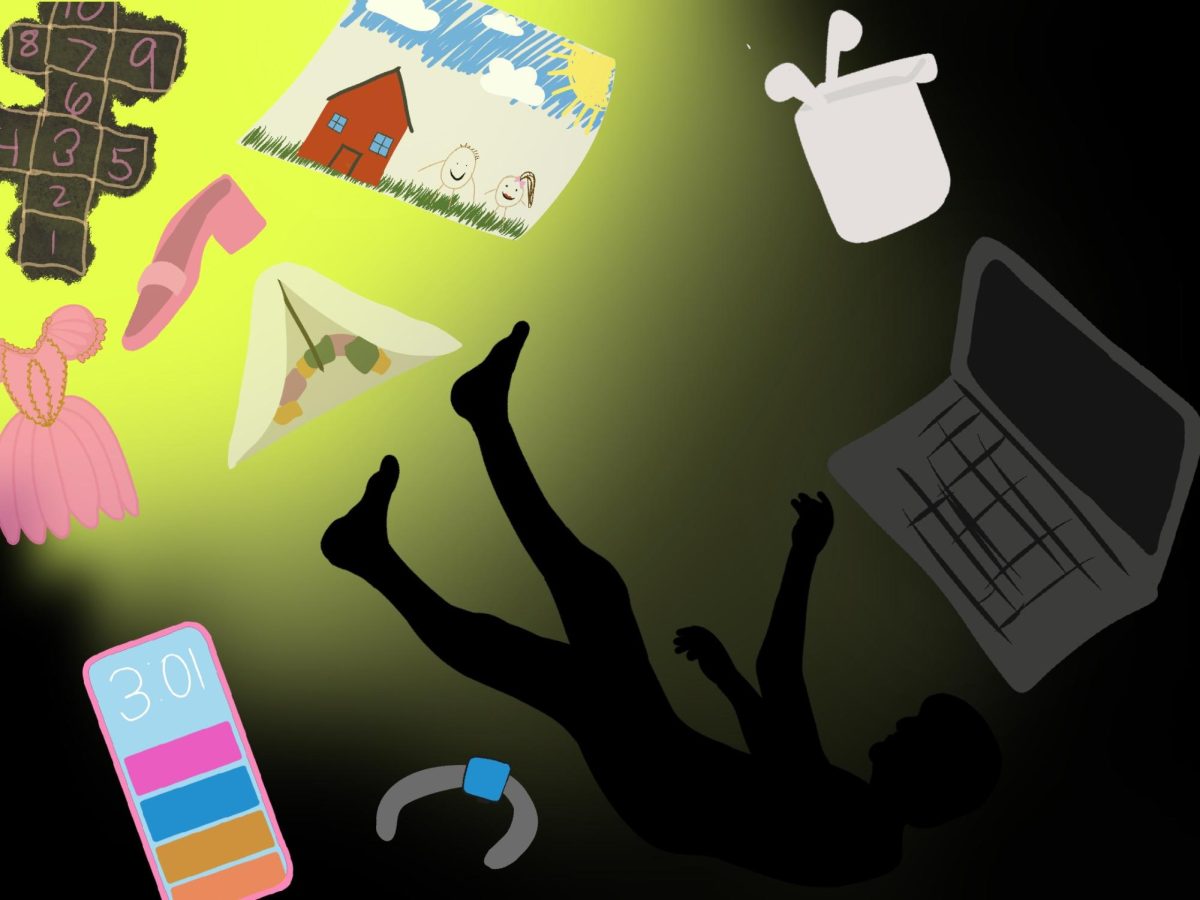
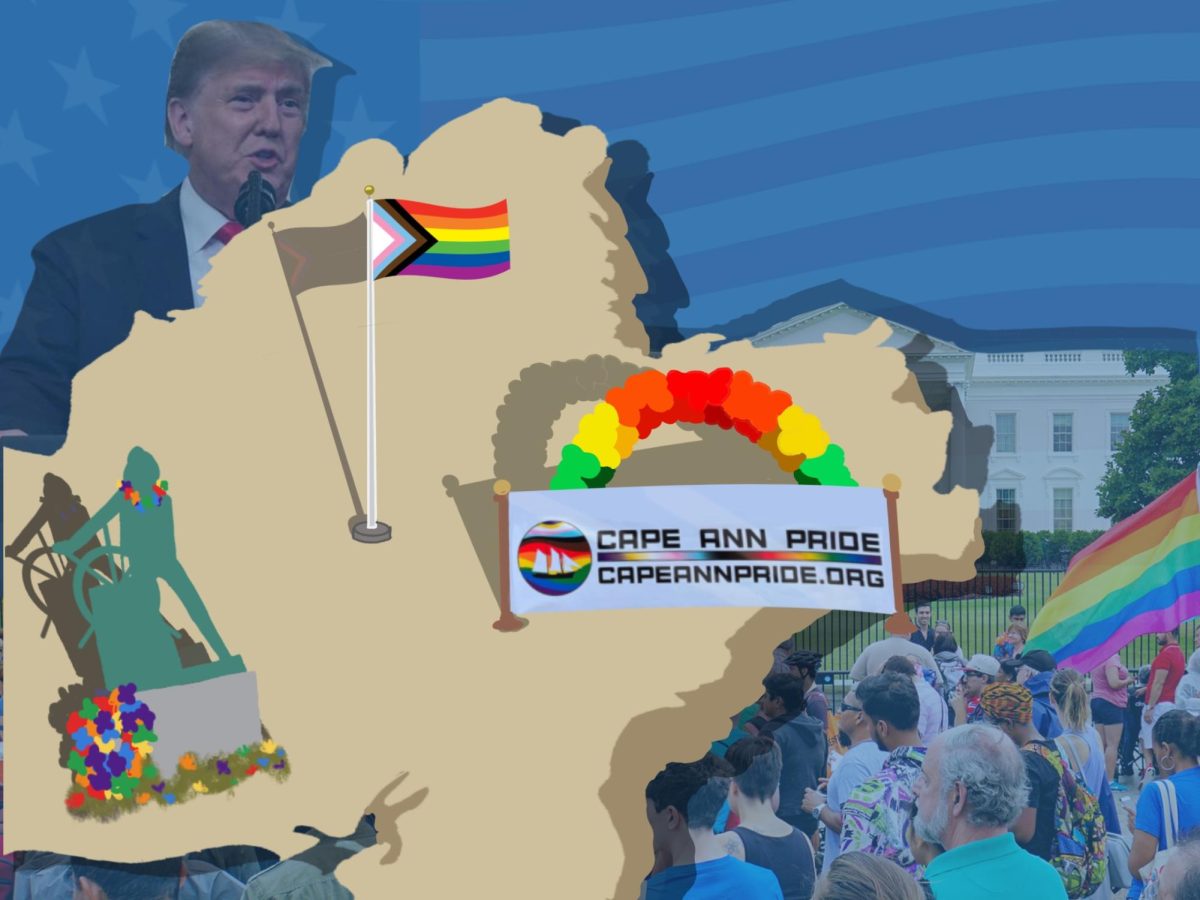
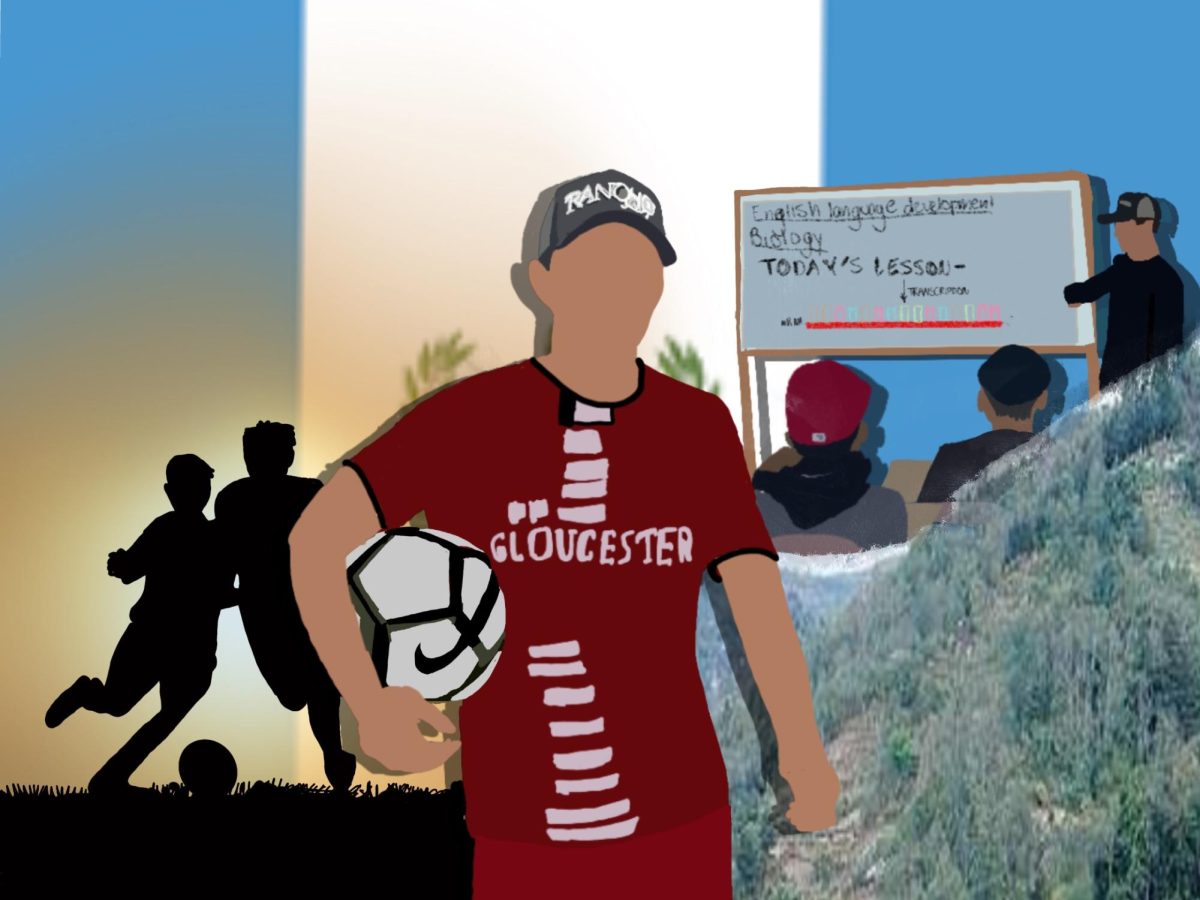






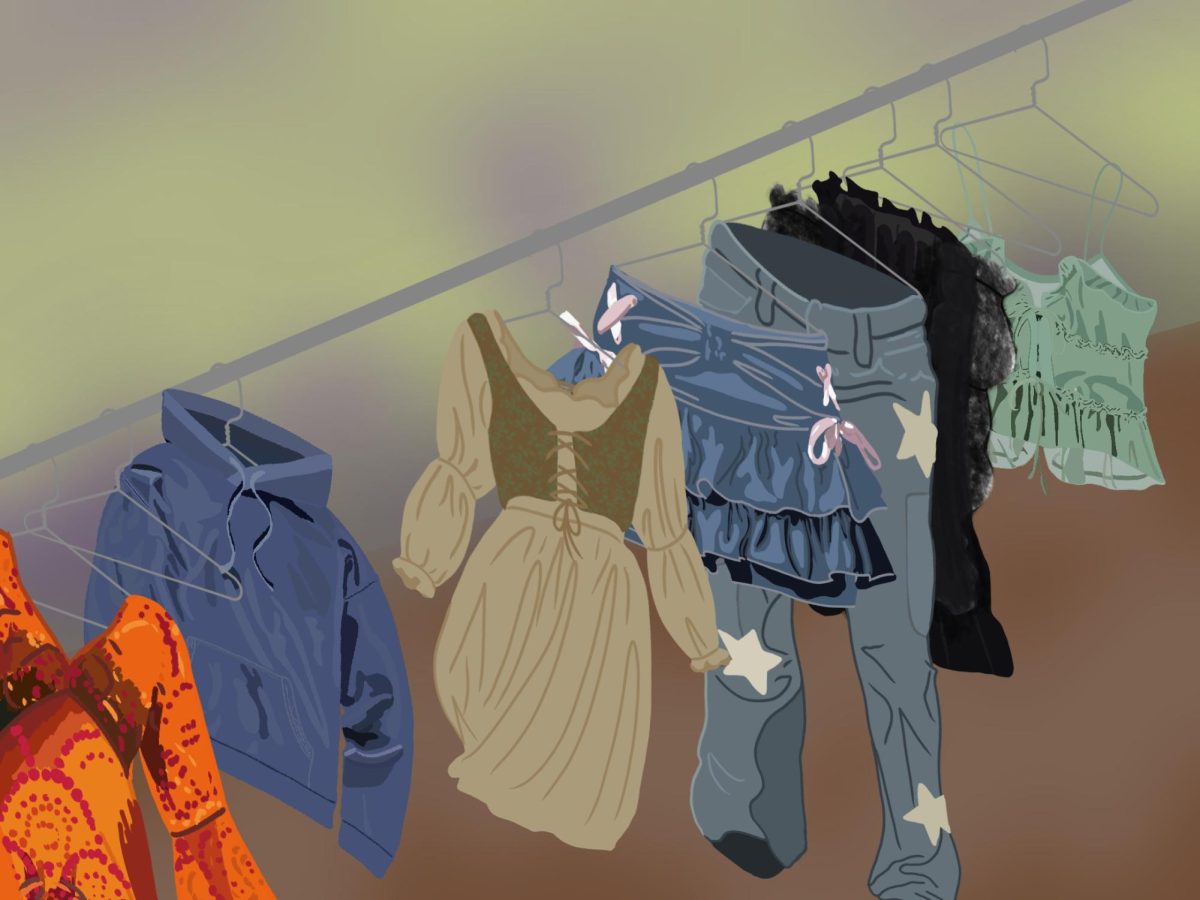













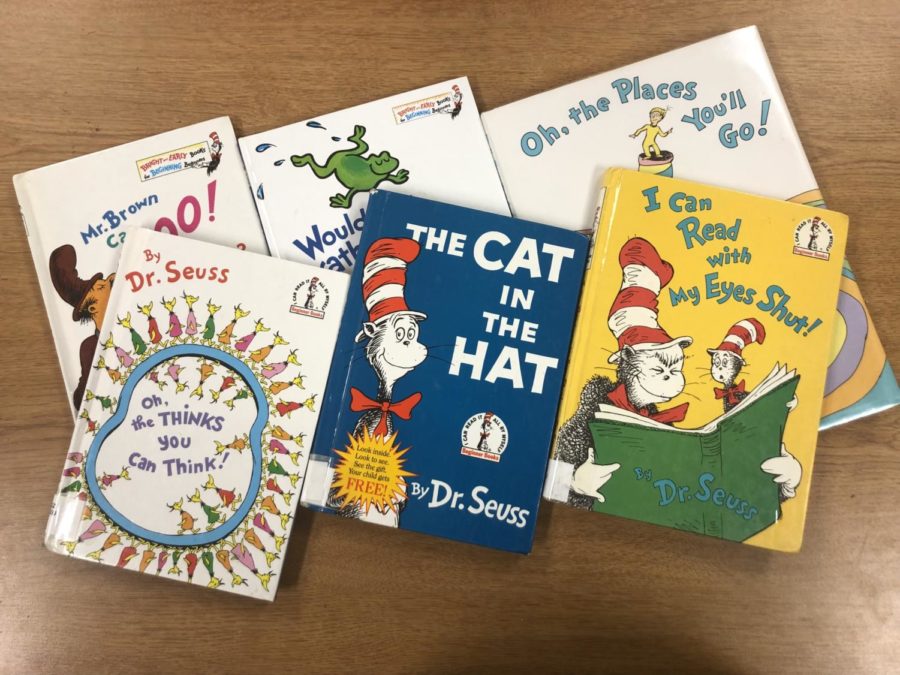

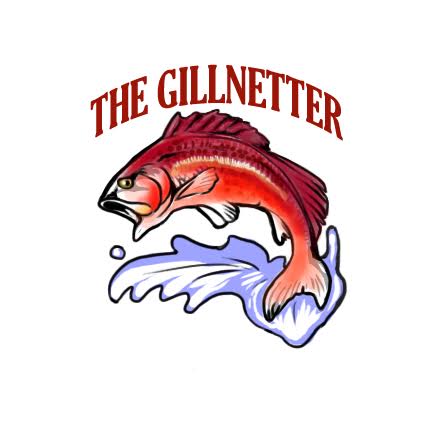
Amos • Aug 28, 2023 at 11:19 pm
Well written. Amen brother. It’s nice to get past the headlines and get a broader picture. Thank you.